Learn all the details about one of the most admired painters of the post-impressionism movement, Henri Rousseau.
Who is Henri Rousseau?
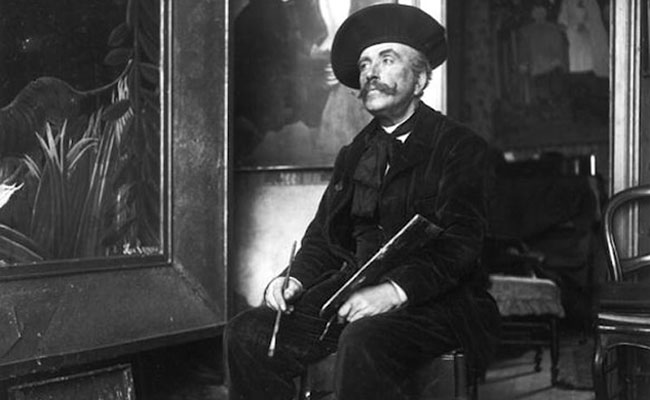
Henri Rousseau, one of the painters who adopted the post-impressionism movement, was never seen as successful by other artists in his time. Although his paintings were valued after his death, Henri Rousseau was so sure of the beauty of his paintings that he always described himself as a self-taught art prodigy.
The artist, who spent the last 17 years of his life painting, described the tropical nature and wildlife in his works. The most interesting thing about these paintings is that the artist has never seen a wild forest or even left France throughout his life. Considering the conditions of the period in which he lived, Henri Rousseau’s imagination and his ability to transfer this to the canvas become even more valuable.
Life of Henri Rousseau
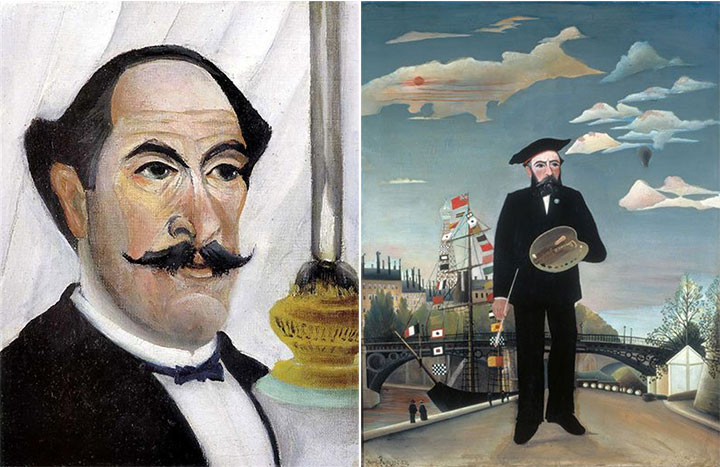
Born in Mayenne in the Northwest of France in 1844, Henri Rousseau used his painter identity at an advanced age. Although he has been interested in painting and art all his life, he worked in different office jobs until his late age. He is also known by the pseudonym Le Douanier (customs officer) in the art world, as he most recently worked as a customs officer in Paris, where he moved to keep his mother alone. Henri Rousseau, who gave all his time to art and painting after retiring at the age of 49, especially focused on nature and the tropical climate in his paintings.
In 1868, at the age of 24, he married 15-year-old Clémence Boitard, the daughter of the owner of the house where he lived in Paris. The couple had six children but only one survived. He lost his wife in 1888, and 10 years later he made his second marriage to Josephine Noury, a widow like him. Noury also succumbed to the disease and passed away just four years after getting married.

Henri Rousseau never made good money on his paintings and lived a poor life. In 1910, he died of blood poisoning after an operation in which a wound he ignored was gangrene in his leg.
Since he always spoke humbly about himself and his work, he began to see the value he deserved after his death. Henri Rousseau, who inspired many artists who came after him, always emphasized that his biggest inspiration was nature.
Works of Henri Rousseau
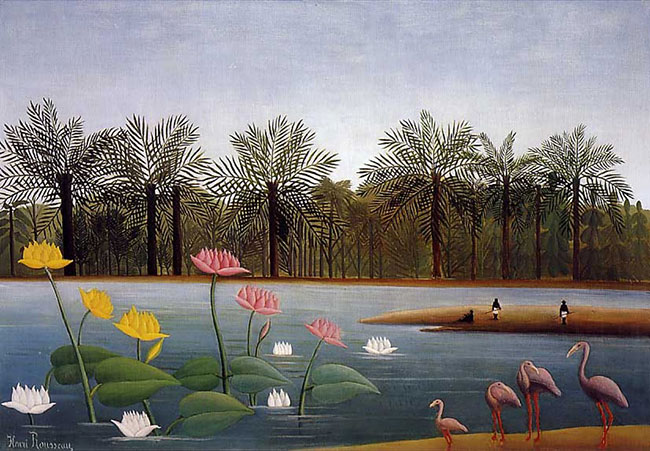
The most unfounded claim about Henri Rousseau, who embraced the post-impressionism movement, including Vincent Van Gogh, Paul Cézanne, Pablo Picasso, Georges Seurat, Paul Gauguin, was that he had experienced a tropical life. The painter, who never left France throughout his life, always included abstract and symbolic descriptions – a requirement of post impressionism. However, he frequently portrayed the nature, proportions and wildlife he loved so much. So much so that the definition of forest in Paris was used for the works of Rousseau.
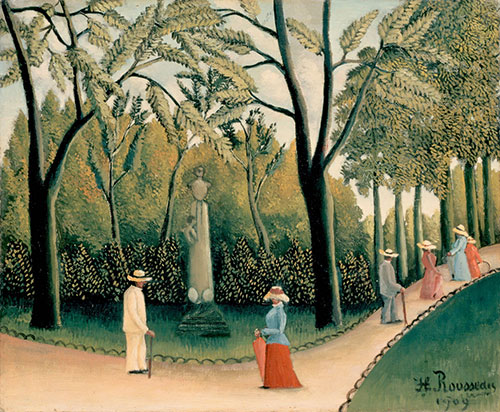
He was also criticized for painting as if he did not have a brush, using colors as plain and shadowless as possible. The value of his paintings was realized much later. The artist, who has never seen wildlife, was inspired by illustrations in children’s books and botanical gardens in Paris in his paintings of tropical life. Although the painters of the period defined him as painting like a child, he proved with his works that he actually used his own technique skillfully.
La Rêve (The Dream)
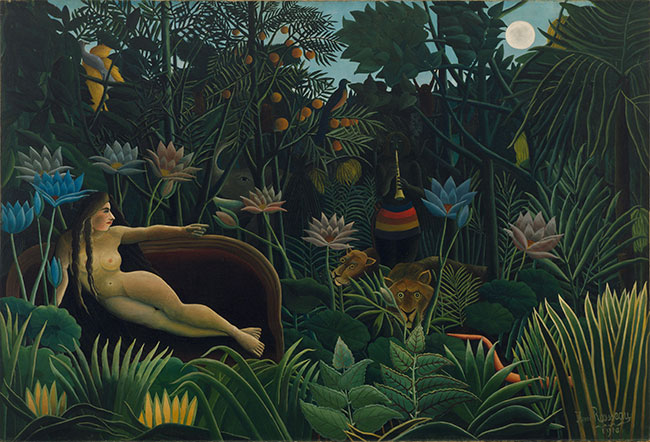
The Dream, known as Rousseau’s last painting before he died, is also one of the artist’s best known works. The woman depicted lying on lotus leaves in a wild forest is allegedly the artist’s youthful lover, the Polish Yadwigha. Animal figures hidden in the details of the painting are also one of the fascinating aspects of the painting. The painting is currently on display at MoMA in New York.
Editor’s Suggestion: Swatch x MoMa Collection
If you want to carry the dream work on you, we recommend you to explore Swatch’s collection of special edition designs with the New York Museum of Modern Art (MoMA). The assortment of the collection includes six unique designs inspired by the artworks in the MoMA collection.
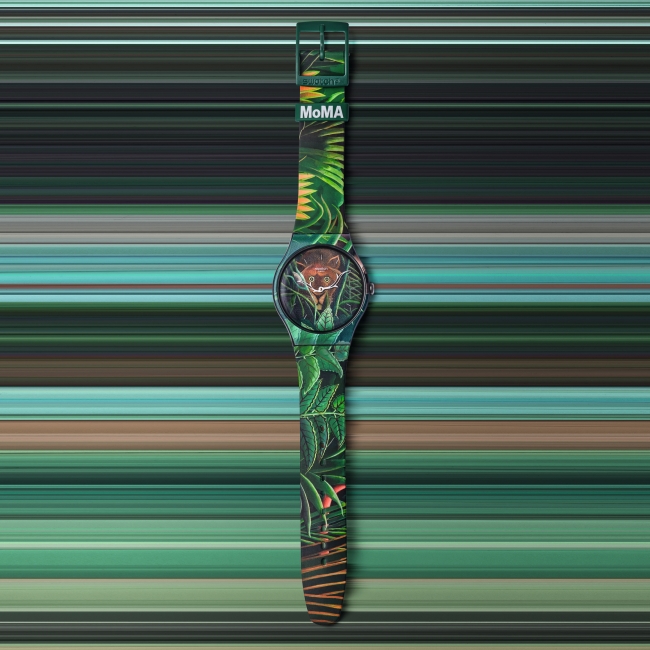
In the collection; Starry Night (1889) Vincent van Gogh, Hope II (1907-1908) Gustav Klimt, Dream (1910) Henri Rousseau, Oval Composition with Color Planes 1 (1914) Piet Mondrian, City and Design, Life Wonders on Earth, Isamu Kurita (1966 Tadanori Yokoo and New York (1968) Tadanori Yokoo are present.
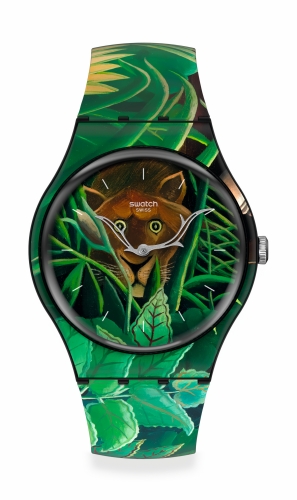
Each design can be purchased in a special box, or there is a limited edition MoMA collectors edition that includes six designs together. This limited edition edition of collectors is available in a special box designed by Swatch and MoMA together and inspired by the museum’s famous Blade Stair staircase.
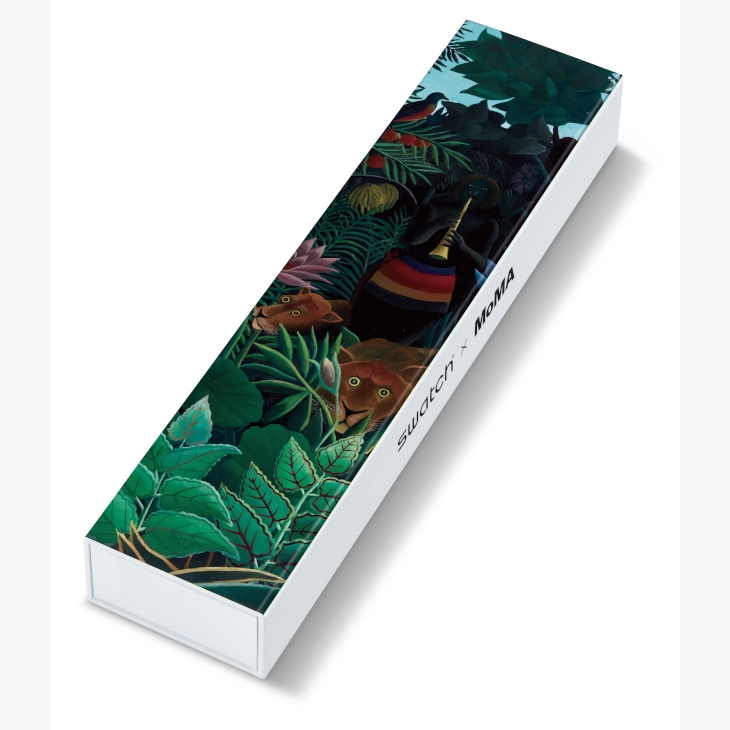
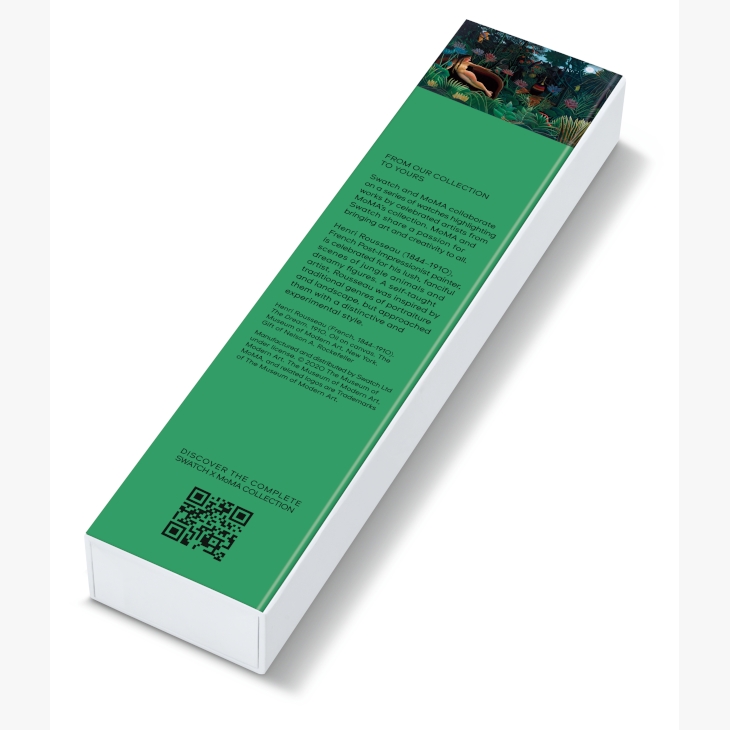
Tiger in a Tropical Storm (Surprised!)
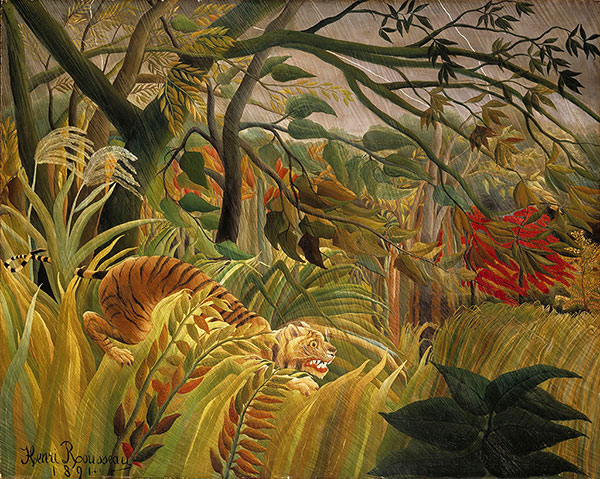
Known as Henri Rousseau’s first tropical stage work, the painting depicts a tiger who is stunned by lightning in a storm in the wild forest. What is the prey of the tiger that is obviously about to be hunted or whether it can catch it is left to the imagination of the viewers. Although this was the painting that received the first serious criticism of the painter and attracted attention, Rousseau stopped doing tropical drawings for a long time after that. The painting can be viewed in the National Gallery in London.
La Guerra (War)
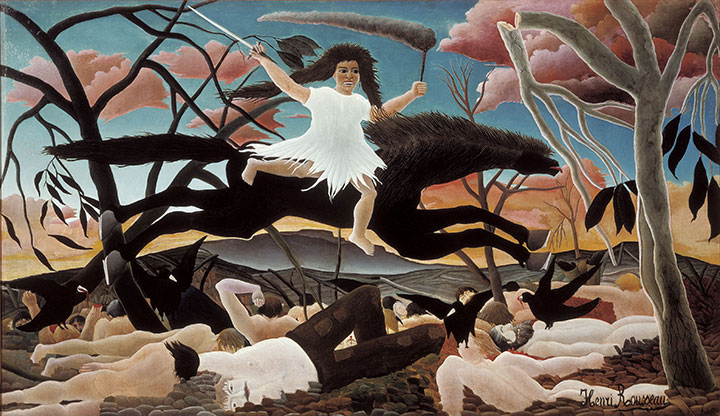
This painting must be the most influential work of Henri Roussea. The picture of the young woman holding the sword in one hand and the torch in the other shows the brutality of the battlefield. The painting exhibited in the Orsay Museum shows lifeless bodies killed in the war, charred trees and red clouds representing mourning.
La Bohémienne Endormie (The Sleeping Gypsy)
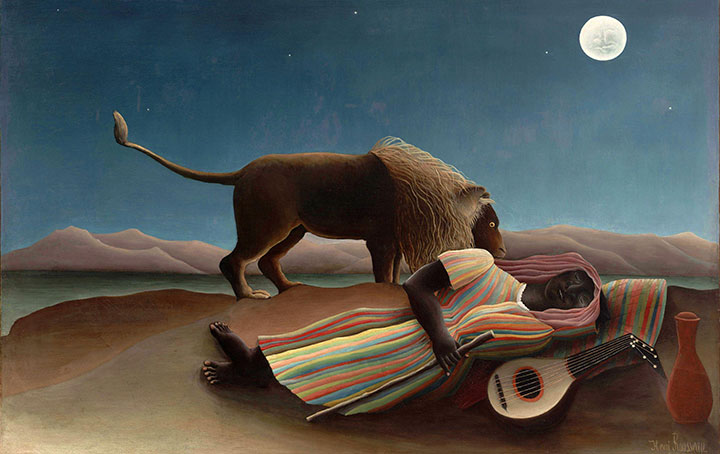
It tells of an African woman falling asleep in a dry field on a starry night lit by a full moon. The lion, who comes to the woman who is asleep with her mandolin and a water bowl, is depicted not as a threat to the woman, but rather by protecting her. Perhaps the best-known work of Rousseau, the painting is on display at New York’s MoMa.
La Charmeuse de Serpents (The Snake Charmer)
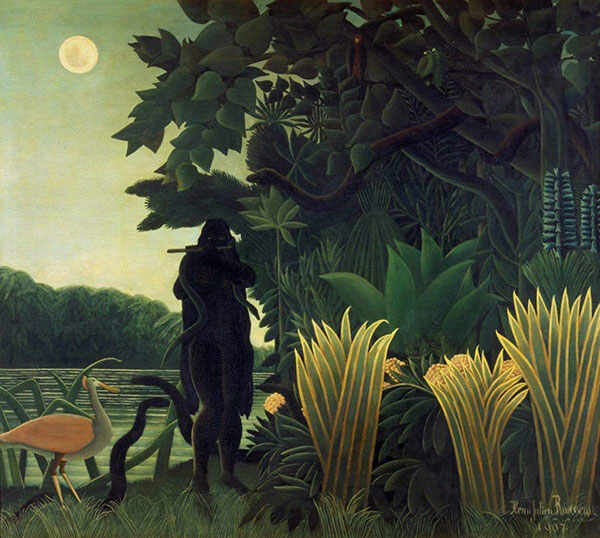
The Snake Player, depicting a woman walking around with a snake on her neck playing the flute on a full moon night, is a work painted by the artist on order. The painting, which is currently on display at the Oresay Museum, describes the enchantment of animals in the wild forest by the voice of the woman and her flute.
Le Lion Ayant Faim Se Jette Sur L’Antilope (The Hungry Lion Jumping Over Antelope)
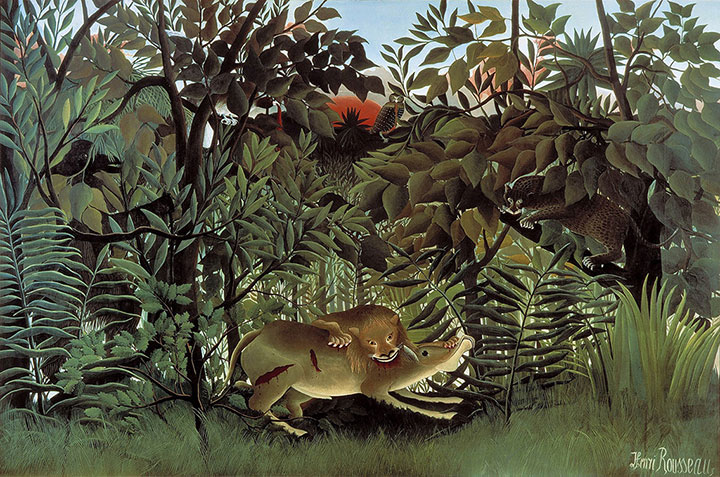
When this painting, one of the works lost in Rousseau’s camouflages, was first exhibited, the painter added that the panther and the owl were waiting for their share, and the age flowing from the eye of the antelope expresses the dreadfulness of the situation. Although the painting, which was exhibited at The Beyeler Foundation in Basel, received negative criticism when it first appeared, it was later recognized that the beauty of its depictions was appreciated.
The Unknowns of Henri Rousseau
Friendship with Pablo Picasso
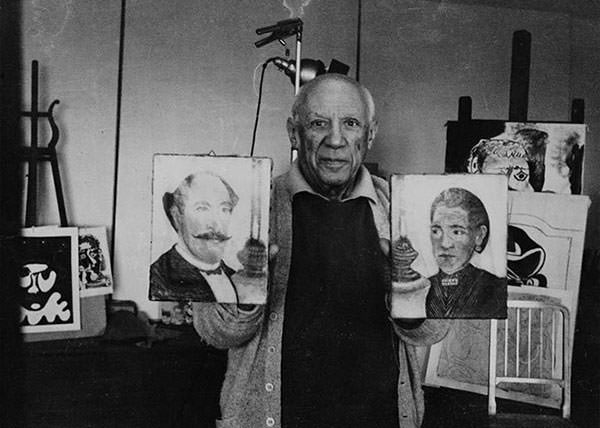
Henri Rousseau and Pablo Picasso, two different painters who were raised in the same period (although both Rousseau and Picasso were post-impressionist painters in fact, their handling of abstract concepts is very different and unique) has an unknown friendship story. Picasso, who sees a painting of Rousseau being sold as a second-hand canvas on the street, loves the painting very much and immediately meets the painter.
Afterwards, he organizes an entertaining dinner including Jean Metzinger, Juan Gris and Gertrude Stein, in order for Rousseau to be accepted in the art community. It was always said that there were fun moments in the night. So much so that Rousseau told Picasso ‘You and I are the two most important artists of the period. It is said that everyone who attended, who said “You are in the antique style and I am in the modern style”, told these sentences for a long time. The night left such an impact that the celebration is referred to as Le Banquet Rousseau (Rousseau Celebration).
Pablo Picasso and Henri Rousseau have been friends for many years. And Picasso was again the most supportive of Rousseau, his creativity and technique in the art world.
Having Support Beyond His Ability
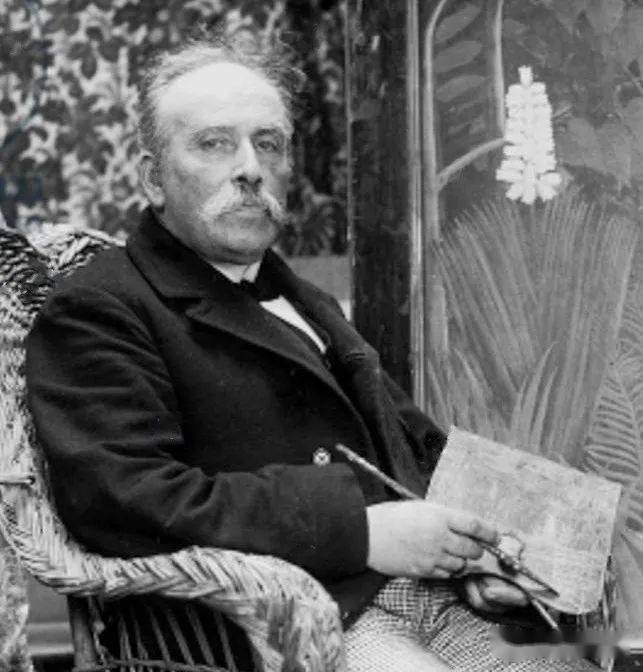
Henri Rousseau always said that nobody contributed to his paintings and he never studied painting. But he later said he learned a few tactics from Felix Auguste Clement and Jean-Leon Gerome to improve his painting and customize his technique.
Having Illegal Situations
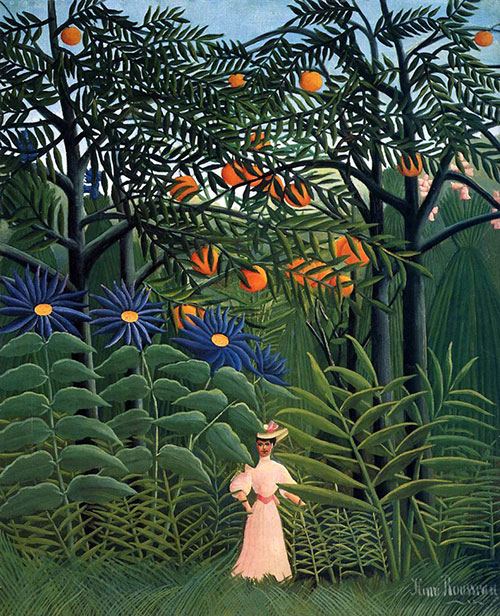
There are two known illegal details in the life of the famous painter. The first is that he was a false witness for one of his clients in his first job as an assistant with a lawyer. When this was noticed, Henri Rousseau was sentenced and agreed to work in the army for four years to avoid imprisonment.
The second is that he resorted to fraud in order to earn money. The painter, who was known to never lead a prosperous life in his life, was involved in bank fraud three years before his death. In his letter to the judge, Rousseau explained that he was actually deceived and that he was not a swindler, so he did not go to prison.

Related stores
Let’s share!


Leave a Reply